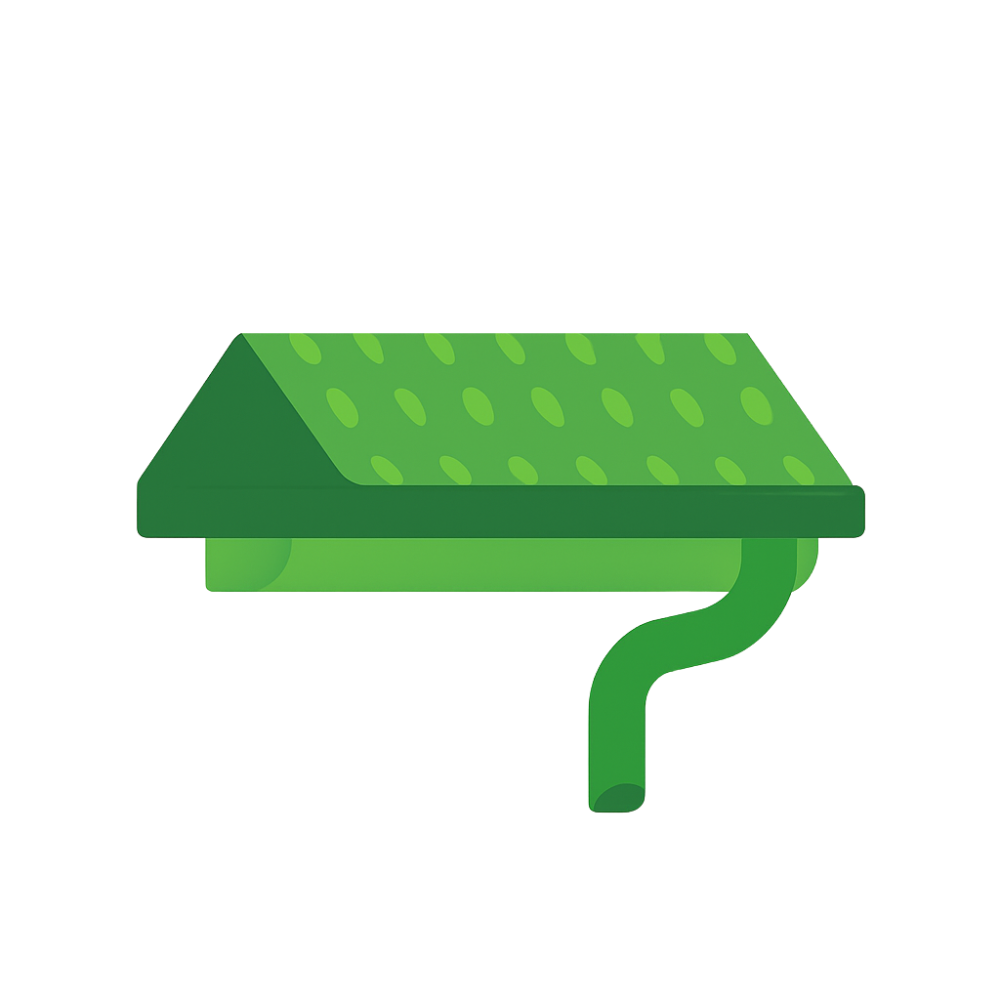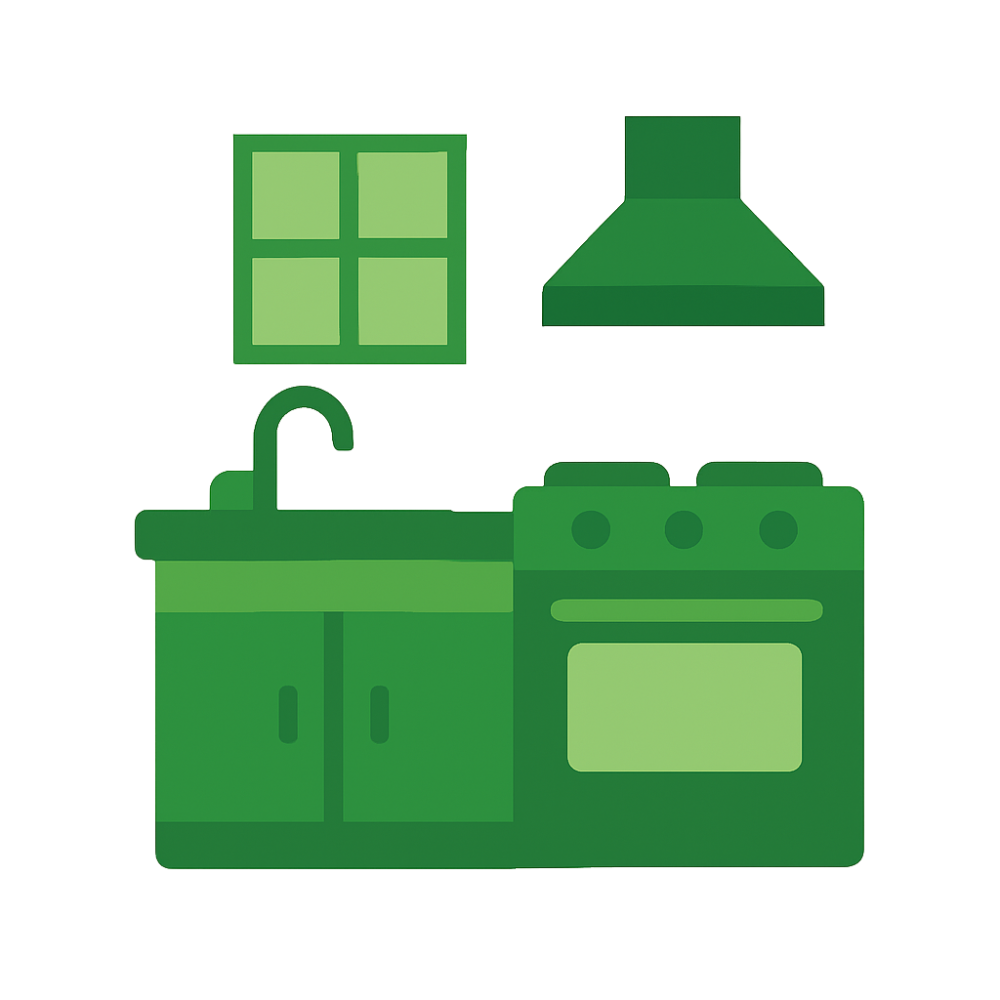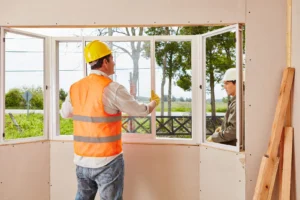Home Flooring Installation Guide
Selecting the right type of flooring is one of the most impactful decisions you'll make when upgrading your home. It's not just about what looks good-flooring affects how your home feels underfoot, how sound travels through your space, and how easy each room is to clean and maintain. The right floor can improve your home's comfort, support your day-to-day lifestyle, and add lasting visual appeal that complements your overall design style.
Whether you're refreshing a single space-like updating a dated kitchen or converting a basement-or revamping your entire home, understanding your flooring options is key. Each material comes with its own advantages, care requirements, and suitability for different areas of the home. From the warmth of hardwood to the durability of tile, and from the affordability of laminate to the water resistance of luxury vinyl, your choice should be informed by both form and function.
Equally important is understanding the installation process. Some flooring types are ideal for DIY projects, while others are best left to professionals. Factors like subfloor preparation, moisture barriers, and acclimation time can all impact how long your floors last and how they perform.
Ultimately, the right flooring decision balances your budget, design vision, and practical needs-laying the groundwork (literally!) for a home you'll love for years to come.


Types of Flooring Materials
1. Hardwood Flooring
- Solid Hardwood: Crafted from a single piece of wood, offering timeless beauty and the ability to be refinished multiple times. Ideal for living rooms and bedrooms.
- Engineered Hardwood: Comprises a real wood veneer atop a plywood base, providing enhanced stability and resistance to moisture. Suitable for areas with varying humidity levels.
2. Laminate Flooring
A cost-effective alternative that mimics the appearance of wood or stone. Laminate is durable and resistant to scratches, making it suitable for high-traffic areas.
3. Vinyl Flooring
- Luxury Vinyl Plank (LVP): Offers the look of hardwood with added water resistance, making it perfect for kitchens and bathrooms.
- Vinyl Sheet: A continuous sheet providing a seamless look, often used in moisture-prone areas.
4. Tile Flooring
- Ceramic and Porcelain Tiles: Known for their durability and water resistance, ideal for bathrooms, kitchens, and entryways.
5. Carpet
Provides warmth and comfort underfoot, commonly used in bedrooms and living rooms. Available in various textures and materials to suit different preferences.


Frequently Asked Questions
How do I know when it's time to replace my flooring? +
Can I install new flooring over existing floors? +
Factors to Consider When Choosing Flooring
- Room Usage: Consider the function of the room. For instance, moisture-resistant flooring is preferable for bathrooms and kitchens.
- Lifestyle: Households with pets or children may benefit from scratch-resistant and easy-to-clean flooring options.
- Budget: Determine your budget to narrow down choices that offer the best value within your price range.
- Aesthetic Preferences: Choose flooring that complements your home's style and décor.


Cost of Flooring Installation
The price of new flooring can vary widely depending on several factors, including the material you choose, the size of the space, the brand of flooring, and labor rates in your local area. Below is a general breakdown of flooring costs, listed from the most affordable to the more premium options, based on average price per square foot.
| Type of flooring | Cost per square foot |
|---|---|
| Carpet | $1 to $6 |
| Sheet vinyl and vinyl plank | $2 to $3 |
| Linoleum | $2 to $4.80 |
| Engineered wood | $2.40 to $6.40 |
| Laminate | $4 to $8 |
| Hardwood | $6 to $12 |
| Porcelain and ceramic tile | $3 to $10 |
| Natural stone | $7 to $20 |
Other Expenses to Keep in Mind:
- Beyond the cost of materials, you'll need to factor in labor and installation fees, which typically range from $1 to $2 per square foot.
- If you're installing carpet, using a quality carpet pad is strongly recommended. Prices usually start around $0.61 per square foot, and investing in a thicker, high-performance pad-especially over a concrete subfloor-can greatly improve comfort and durability.
- For laminate flooring, you'll likely need an underlayment, which costs about $1.80 per square foot on average.
- You should also plan for the removal and disposal of your existing floors. Depending on the scope of the project, this can cost anywhere from $50 to $475 in total.
Frequently Asked Questions
What's the best type of flooring for allergy sufferers? +
Are heated floors an option with all flooring types? +
Installation Process Overview
Whether you're tackling a DIY flooring job or hiring a professional crew, understanding each step of the installation process can help set expectations and prevent costly mistakes. Here's a more detailed look at how a typical flooring installation unfolds:
1. Preparation
The first step involves removing the existing flooring material-whether it's carpet, old tile, laminate, or hardwood. Once the old flooring is cleared out, the subfloor must be thoroughly cleaned and inspected. This includes checking for any damage, moisture issues, or uneven surfaces. A smooth, level, and dry subfloor is critical to ensuring the new flooring is installed correctly and performs well over time.
2. Acclimation
Some flooring materials-especially solid hardwood and certain engineered products-need time to adjust to the room's temperature and humidity before being installed. This process, called acclimation, helps prevent issues like warping, buckling, or gaps down the line. Typically, materials should sit in the room where they'll be installed for at least 48-72 hours, following the manufacturer's recommendations.
3. Installation
With the subfloor ready and materials acclimated, the installation begins. The method will vary depending on the flooring type:
Click-lock systems (like many laminates and vinyl planks) are floated over the subfloor.
Nail-down or staple-down methods are used for solid and some engineered hardwood.
Glue-down flooring may be required for certain tiles, vinyls, or specialty products.
Precision is key here, so if you're not confident in your skills, hiring experienced installers can ensure the job is done right-and often more quickly.
4. Finishing Touches
Once the floorboards or tiles are in place, it's time to wrap things up. This includes installing baseboards, quarter round, or transition strips to cover expansion gaps around the perimeter of the room. These final details not only improve the visual polish of the room but also help protect the edges of your flooring from damage.


Flooring Maintenance Tips
Taking proper care of your floors not only keeps them looking beautiful but also extends their lifespan-protecting the investment you've made in your home. Different flooring materials have their own maintenance needs, but these general tips apply to most floor types and can help preserve both function and finish:
Regular Cleaning
Dirt, dust, and debris act like sandpaper underfoot, gradually scratching and dulling the surface of your floors. To avoid this, make a habit of sweeping or vacuuming your floors several times a week-especially in high-traffic areas.
Use a broom with soft bristles or a vacuum with a hard floor setting to prevent scuffs.
For hard surfaces like hardwood, tile, or vinyl, follow up with a damp mop (not soaked) to remove sticky spots or grime buildup.
Avoid harsh chemical cleaners that can strip finishes or damage the flooring surface.
Protective Measures
Safeguard your flooring from everyday wear and damage by taking a few proactive steps:
Place area rugs or floor mats in entryways and high-traffic zones to trap dirt and moisture before it gets tracked across your floors.
Install felt pads under furniture legs to prevent scratches and gouges when moving chairs or tables.
If you have rolling chairs, consider using a plastic mat or floor protector underneath to prevent premature wear.
Prompt Spill Cleanup
Liquids-whether it's water, juice, or pet accidents-can cause staining, warping, or mold if left unchecked, especially on materials like hardwood or carpet.
Blot spills immediately with a clean, dry cloth-don't rub, as that can spread the mess.
For sticky spills, use a damp cloth or mild cleaner suitable for your floor type.
Keep a small, accessible cleaning kit nearby for quick responses to unexpected messes.


How Do I Find a Reliable Flooring Contractor?
Choosing the right professional for your flooring project involves more than just picking the lowest bid. It's essential to evaluate their background, skills, and professionalism. Here are a few smart steps to take:
- Ask how long they've been working in the industry and what types of flooring they specialize in.
- Newer contractors aren't necessarily a risk-but be sure they offer fair pricing, solid references, and clear warranty terms.
- See if they're knowledgeable about any available rebates or incentives that could help lower your total cost.
- Request a detailed quote that outlines all costs, materials, and estimated time for completion.
- Clarify how changes or unexpected issues will be handled-ideally with written documentation.
- Ask for testimonials or references from past customers so you can hear about their experiences.
- Make sure they carry proper insurance, including liability, workers' compensation, and property damage coverage.
- Review any product and labor warranties to ensure you understand what's included and how long the coverage lasts.



























